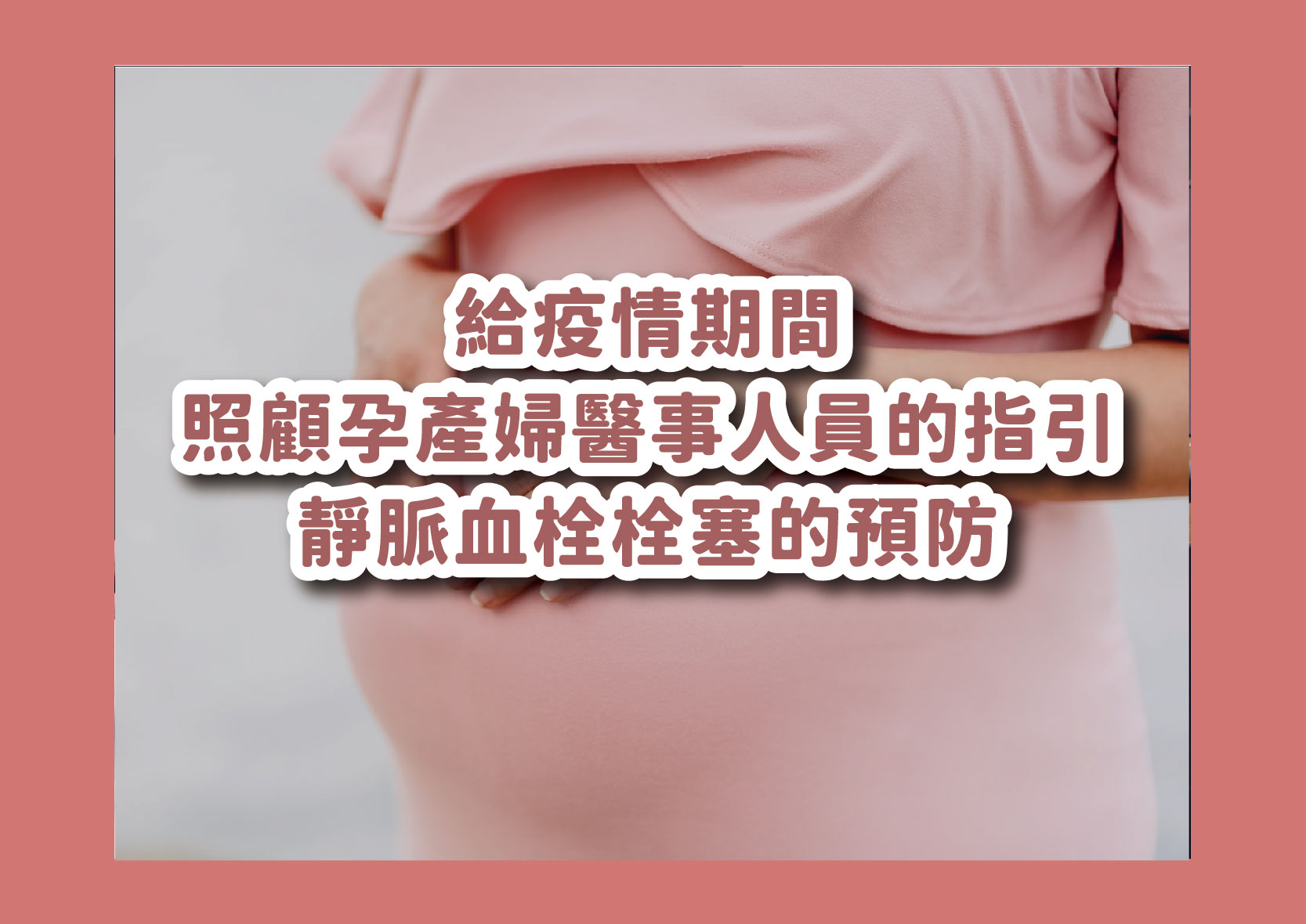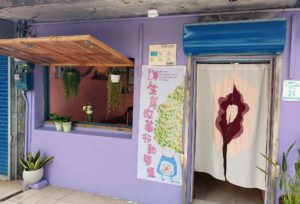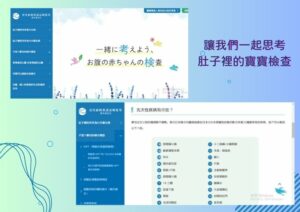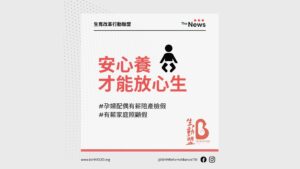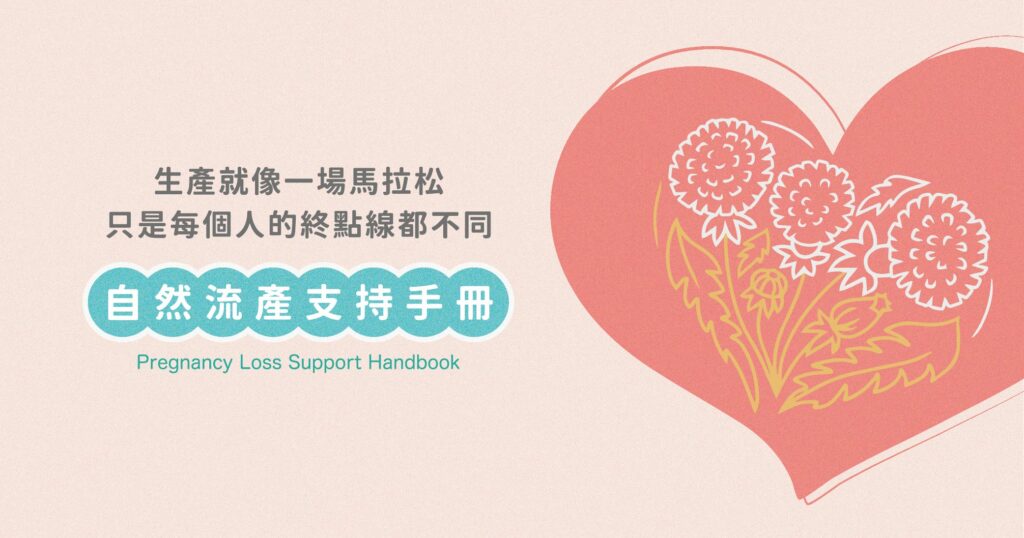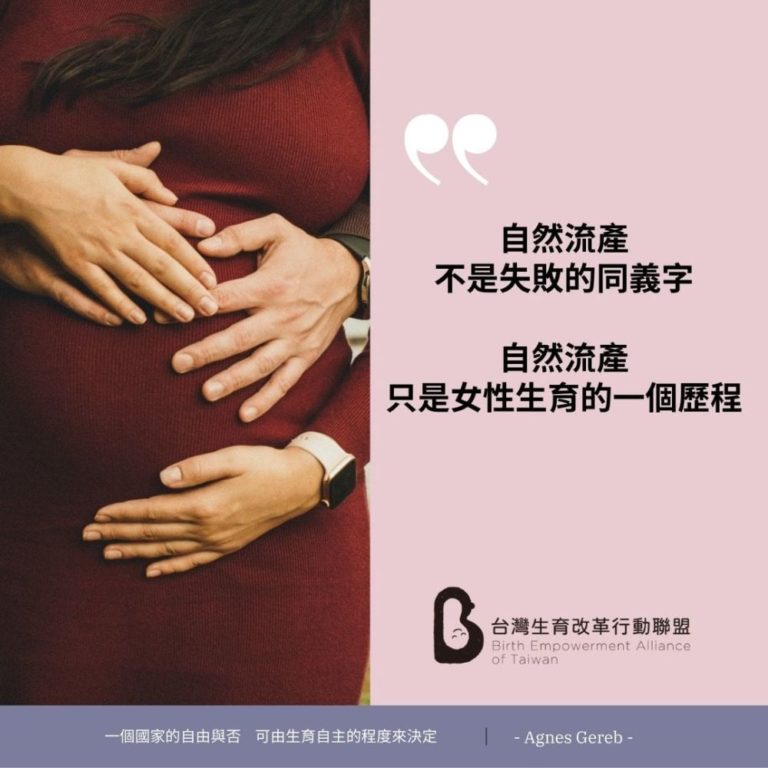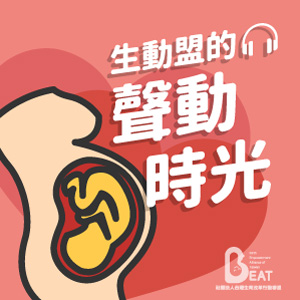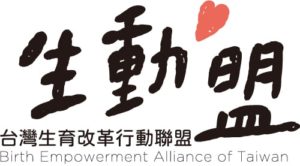3.1 如何在新冠肺炎大流行期間預防靜脈血栓栓塞?
建議:
- Women who are self-isolating at home should stay hydrated and mobile.
居家隔離的婦女應該保持補充水分以及活動。
- Women should have a venous thromboembolism (VTE) risk assessment performed during their pregnancy in line with RCOG Green-top Guideline No. 37a. Infection with SARS-CoV-2 should be considered a transient risk factor and trigger reassessment.
婦女都應該在孕期進行預防靜脈血栓栓塞的檢查。 SARS-CoV-2的感染應該要被視為靜脈血栓栓塞的易變危險因子,並且重新評估誘發靜脈血栓栓塞的可能性。
- Where normally indicated, thromboprophylaxis should still be offered and administered as prescribed during the COVID-19 pandemic.
在正常情況下,於Covid-19大流行期間,仍應提供預防靜脈血栓檢查,並且按照規定進行管理。
- If healthcare professionals are concerned about the risk of VTE during a period of self-isolation, a clinical VTE risk assessment (in person or by virtual means) should be performed, and thromboprophylaxis considered and prescribed on an individual basis.
如果健康照護專業人員擔心孕婦在居家隔離期間有罹患靜脈血栓栓塞的風險,應該親自或是進行線上的臨床評估,並依據個人狀況提供預防方法及提供處方。
- Local procedures should be followed to ensure women are supplied with low molecular weight heparin (LMWH), particularly where they cannot attend hospital during periods of self-isolation.
地方衛生單位應該提供低分子量肝素給居家隔離期間無法去醫院的婦女。
- Thromboprophylaxis that has been commenced for pregnant women who are self-isolating should be continued until they have recovered from the acute illness (between 7 and 14 days).Advice should be sought from a clinician with expertise in VTE for women with ongoing morbidity and limited mobility.
居家隔離的孕婦應繼續接受預防靜脈血栓栓塞的措施,直到她們從急性期恢復(7至14天之間)。 對於持續發病且行動不便的女性,應向具有 VTE 專業知識的臨床醫生尋求建議。
- All pregnant women admitted with confirmed or suspected COVID-19 should be offered prophylactic LMWH, unless birth is expected within 12 hours or there is significant risk of haemorrhage.
除非寶寶即將在12小時內出生,或是有大出血的風險,否則應該提供低分子量肝素給所有已確診或是疑似確診的懷孕婦女。
- For women with severe complications of COVID-19, the appropriate dosing regimen of LMWH should be discussed with a multidisciplinary team (MDT), including a senior obstetrician or clinician with expertise in managingVTE in pregnancy.
針對已染疫並產生嚴重併發症的女性,應該與其他專科醫師共同會診,包括資深婦產科醫師以及具有預防靜脈血栓栓塞專業知識的臨床醫師,一起討論治療方案,給予適量的低分子量肝素。
- All pregnant women who have been hospitalised and have had confirmed COVID-19 should be offered thromboprophylaxis for 10 days following hospital discharge. A longer duration of thromboprophylaxis should be considered for women with persistent morbidity.
所有住院並確診為 Covid-19 的孕婦都應在出院後 10 天內接受靜脈血栓預防措施。 持續發病的女性,應該延長預防的時間。
- If women are admitted with confirmed or suspected COVID-19 within 6 weeks postpartum, they should be offered thromboprophylaxis for the duration of their admission and for at least 10 days after discharge. Consideration should be given to extending this until 6 weeks postpar tum for women with significant ongoing morbidity.
產後六週內已確診或是疑似確診的婦女,在住院期間以及出院至少十天,應該要繼續預防靜脈血栓。持續發病的婦女,預防時間則應該要考慮延長到產後六週。
指引的證據摘要與理由(Summary of evidence and rationale of guidance)
Pregnancy is widely recognised as a hypercoagulable state. The existing RCOG Green-top Guidelines No. 37a and 37b on VTE prevention and management should continue to support decision making during the COVID-19 pandemic.VTE risk assessment in the context of the COVID-19 pandemic should consider both the hypercoagulable state associated with the infection, as well as the increased risk that may come from self-isolation.
懷孕普遍被認定為高凝血性狀態。現有的英國皇家婦產科醫學會(RCOG Green-top) 第37a以及37b號93, 94有關預防靜脈血栓栓塞管理措施指引,在Covid-19大流行期間應該持續支持決策。在Covid-19大流行的脈絡下,靜脈血栓栓塞的風險評估應該要同時考慮跟靜脈血栓栓塞有關的感染以及因為居家隔離所增加的風險。
Evidence 95,96 indicates that individuals admitted to hospital with moderate and severe COVID-19 are also hypercoagulable. Infection with SARS-CoV-2 is likely to be associated with an increased risk of maternal VTE. This is likely to be multifactorial, including the reduced mobility resulting from self-isolation at home or hospital admission, and other associated obstetric or maternal morbidity. Consequently, the cumulative risk is difficult to quantify. In the MBRRACE rapid report, one women died from a confirmed thromboembolic event and a second woman experienced a sudden deterioration that may be attributed to a thromboembolic event.
證據 95,96 指出,Covid-19的中重度入院病患也是容易形成靜脈血栓栓塞的族群。SARS-CoV-2 的感染很可能與母體 VTE 風險增加有關。這可能是多重因素造成的,包括在居家隔離或入院隔離所導致的行動不便、其他產科相關或孕產婦發病率。因此,累積出來的風險難以量化。在MBRRACE 快速報告 28 中,一名婦女死於靜脈血栓栓塞,另一名婦女病情突然惡化,也可能是靜脈血栓栓塞所造成的。
Pregnant women and women who have recently given birth who have tested positive for SARS-CoV-2 will have to self-isolate at home even if they are asymptomatic – this may impact on their mobility which will alter further theirVTE risk assessment.
即便是確診染疫但無症狀的懷孕或剛生產婦女都必須進行居家隔離,這可能會對他們的行動力造成影響,進而改變VTE的風險評估。
The statements above were developed following expert consensus discussion to determine what increased risk COVID-19 may pose to pregnant women.VTE prevention for the unwell woman with COVID-19 is considered in section 5.2.
上述聲明是專家討論後形成的共識,用以決定Covid-19會對孕婦增加什麼風險。針對罹患 Covid-19 的不適婦女進行 VTE 的預防也被納入在第5.2節。
資料來源:Coronavirus (Covid-19) Infection in Pregnancy, Information for healthcare professionals, Version 13: 19 February 2021


